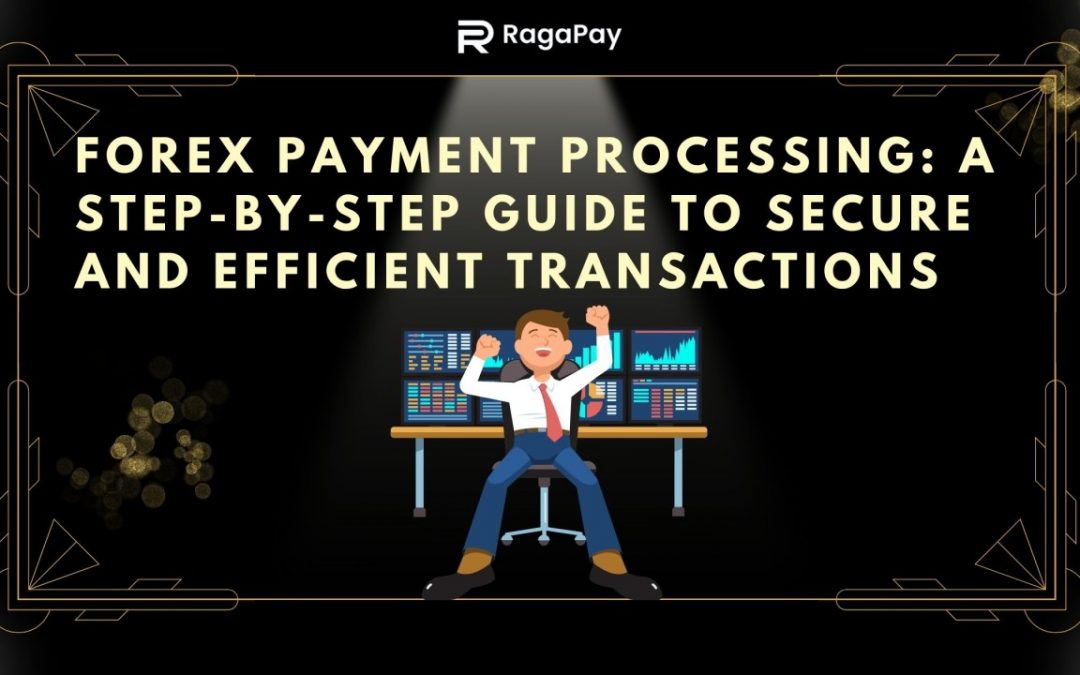Introduction:
Forex (foreign exchange) trading involves the buying and selling of currencies in the global marketplace. As a forex trader, efficient payment processing is crucial for seamless transactions and timely settlements. In this step-by-step guide, we will walk you through the process of forex payment processing, ensuring secure and efficient fund transfers for your trading activities.
Step 1: Choosing a Reliable Forex Payment Provider
Start by selecting a reputable forex payment provider that offers secure and compliant payment solutions tailored to the needs of forex traders. Look for features such as multi-currency support, competitive exchange rates, low transaction fees, robust security measures, and reliable customer support.
Step 2: Account Setup and Verification
Complete the account setup process with your chosen forex payment provider. This typically involves providing necessary personal and business information, verifying your identity, and complying with any Know Your Customer (KYC) requirements. Ensure that you have all the required documents ready, such as identification proof and proof of address.
Step 3: Linking Your Forex Trading Account
Connect your forex trading account with your chosen payment provider. This step may involve providing account details or using specific APIs or integrations provided by the payment provider. Linking your accounts allows for seamless transfer of funds between your trading account and payment solution.
Step 4: Funding Your Forex Payment Account
To initiate forex transactions, you need to fund your payment account. This can typically be done by transferring funds from your bank account or using various payment methods offered by the provider, such as credit/debit cards, bank transfers, or e-wallets. Choose the most convenient and cost-effective method for your needs.
Step 5: Executing Forex Transactions
Once your payment account is funded, you can start executing forex transactions. Specify the currency pairs and the desired transaction amount. Ensure that you have sufficient funds available in your payment account to cover the transaction and any associated fees. Review the transaction details carefully before confirming.
Step 6: Monitoring Transaction Status
Stay informed about the status of your forex transactions. Your payment provider should offer real-time updates on the progress of your payments, including confirmation of successful transactions, pending transfers, or any issues encountered. Regularly monitor your transaction history for accurate record-keeping.
Step 7: Withdrawals and Settlements
When you decide to withdraw your forex trading profits or settle any outstanding balances, initiate the withdrawal process through your payment provider. Provide the necessary details, such as the destination account information, and confirm the withdrawal request. The funds will be transferred accordingly, adhering to the processing times specified by the payment provider and the receiving financial institution.
Step 8: Ensuring Security and Compliance
Throughout the forex payment processing journey, prioritise security and compliance. Choose a payment provider that implements robust security measures, such as encryption protocols and two-factor authentication. Comply with all applicable financial regulations and anti-money laundering (AML) policies to ensure a secure and legally compliant payment environment.
Conclusion:
Efficient forex payment processing is essential for seamless transactions and successful trading activities. By following this step-by-step guide, you can navigate the process with confidence, from selecting a reliable payment provider to executing transactions, monitoring their status, and ensuring secure withdrawals and settlements. Prioritise security, compliance, and convenience to streamline your forex payment experience and focus on your trading strategies with peace of mind.

